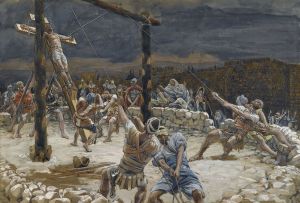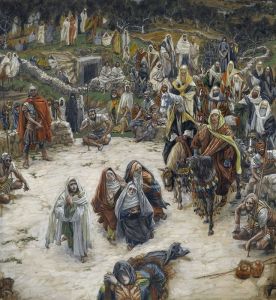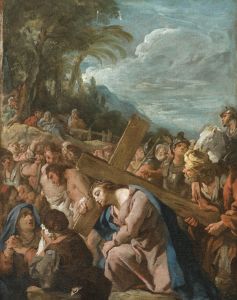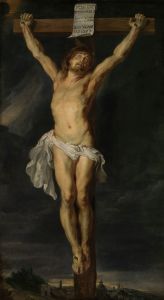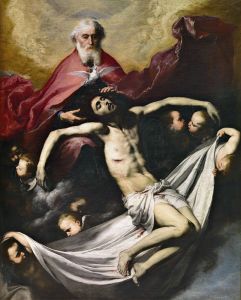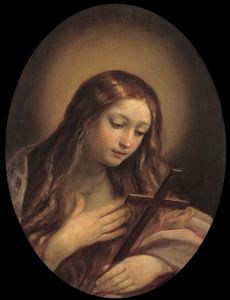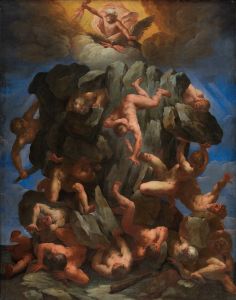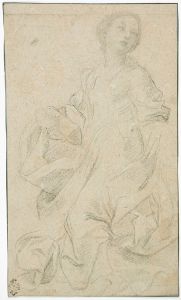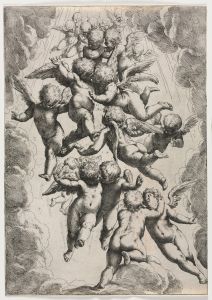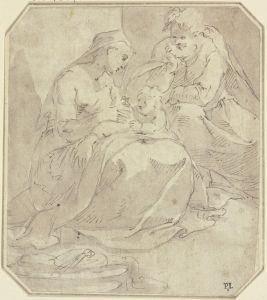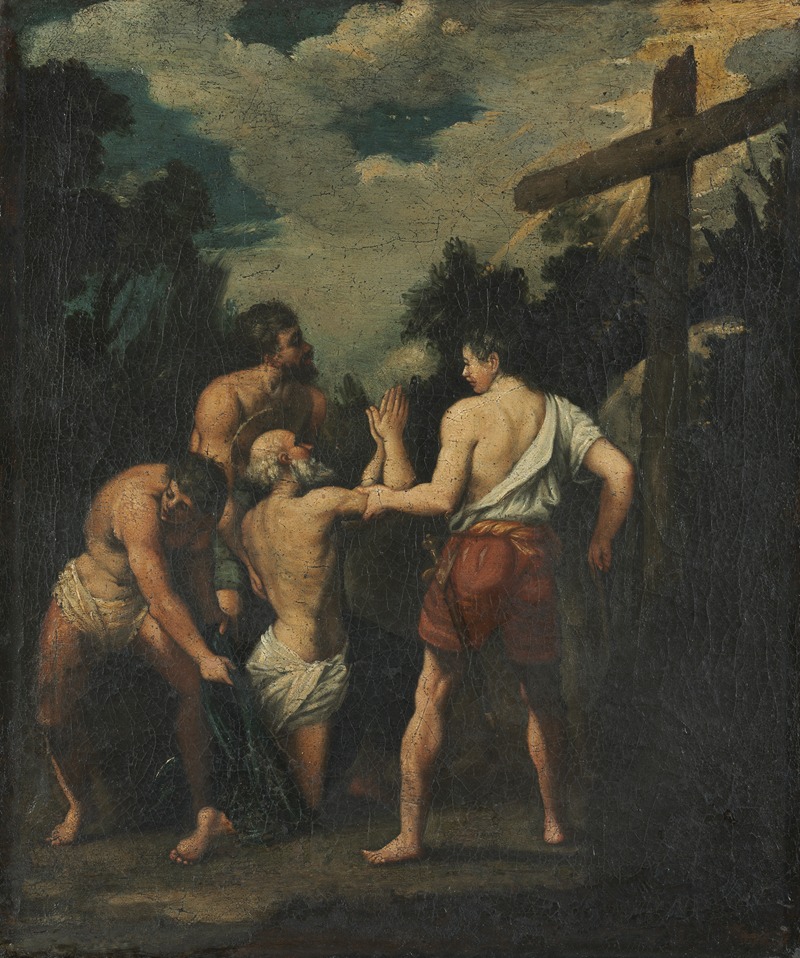
Martyrdom of Saint Andrew
A hand-painted replica of Guido Reni’s masterpiece Martyrdom of Saint Andrew, meticulously crafted by professional artists to capture the true essence of the original. Each piece is created with museum-quality canvas and rare mineral pigments, carefully painted by experienced artists with delicate brushstrokes and rich, layered colors to perfectly recreate the texture of the original artwork. Unlike machine-printed reproductions, this hand-painted version brings the painting to life, infused with the artist’s emotions and skill in every stroke. Whether for personal collection or home decoration, it instantly elevates the artistic atmosphere of any space.
The Martyrdom of Saint Andrew is a painting by the Italian Baroque artist Guido Reni. Created in 1628–1630, the work is a significant example of Reni's mastery of dramatic composition and his ability to convey deep emotion through his art. The painting depicts the martyrdom of Saint Andrew, one of the twelve apostles of Jesus, who, according to Christian tradition, was crucified on an X-shaped cross, now commonly referred to as Saint Andrew's Cross.
The artwork is characterized by Reni's use of soft, luminous colors and his skillful handling of light and shadow, which heighten the emotional intensity of the scene. Saint Andrew is shown in the moments leading up to his crucifixion, with his gaze directed heavenward, a gesture that reflects his faith and acceptance of martyrdom. Surrounding him are figures of executioners and onlookers, whose expressions and body language convey a range of emotions, from indifference to sorrow.
Reni's composition places Saint Andrew at the center of the scene, emphasizing his spiritual significance. The saint's serene demeanor contrasts with the physical violence implied by the presence of the cross and the actions of the executioners. This juxtaposition underscores the theme of spiritual triumph over earthly suffering, a common motif in Baroque religious art.
The painting was commissioned by the nobleman Juan Alfonso Enríquez de Cabrera, the 9th Admiral of Castile, for the Spanish royal collection. It was later acquired by the Museo del Prado in Madrid, where it remains today. The Martyrdom of Saint Andrew is considered one of Reni's masterpieces and is admired for its emotional depth, technical precision, and the artist's ability to convey complex theological themes through visual means.
Guido Reni (1575–1642) was one of the leading painters of the Italian Baroque period. Known for his refined style and his ability to blend classical ideals with the dramatic intensity of the Baroque, Reni's works often focused on religious and mythological subjects. His influence extended beyond Italy, shaping the development of Baroque art across Europe.
The Martyrdom of Saint Andrew exemplifies Reni's artistic approach, combining a harmonious composition with a profound sense of spirituality. The painting continues to be studied and appreciated for its artistic and historical significance.






